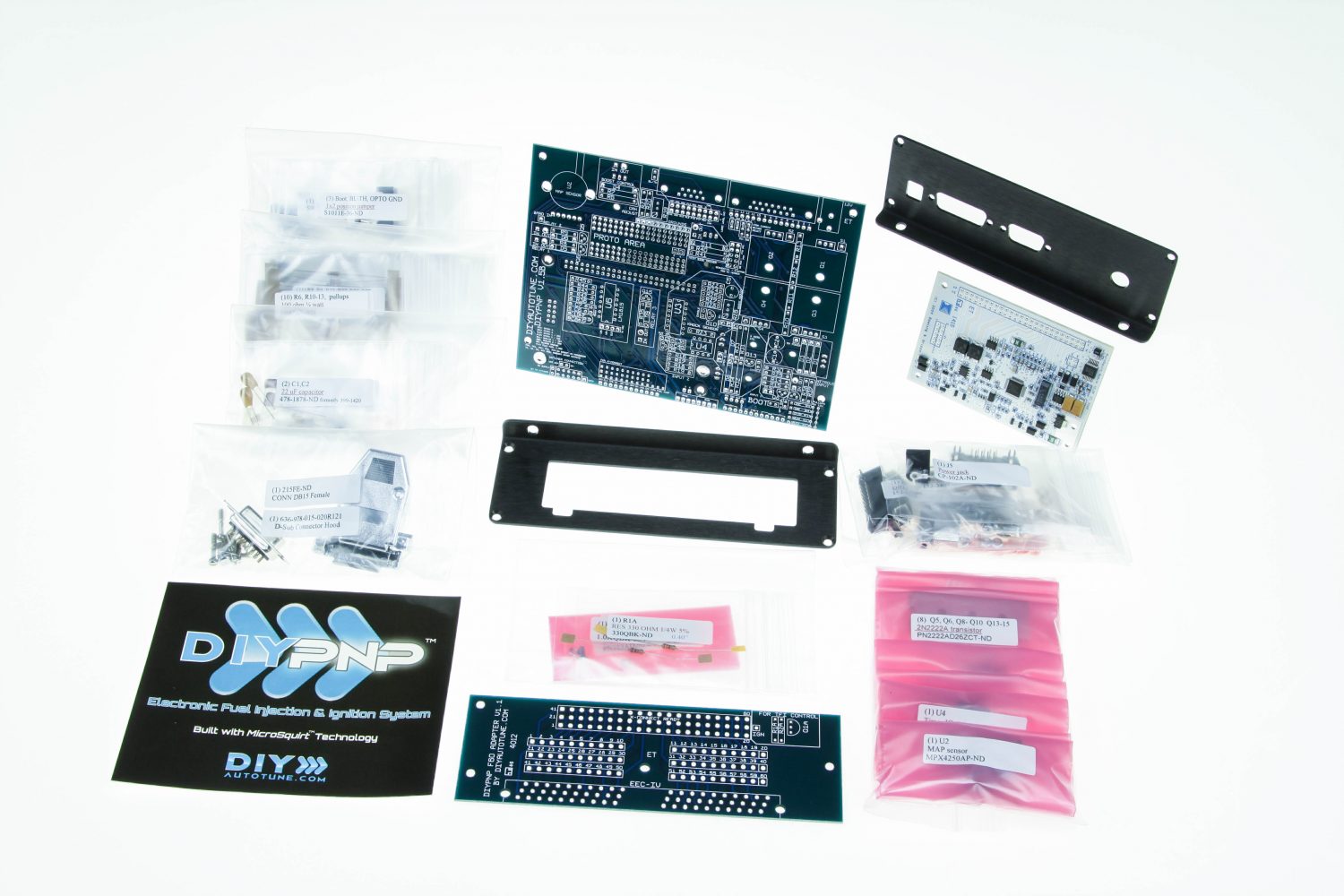

This Tech Tip is From the Full Book, ENGINE MANAGEMENT: ADVANCED TUNING.

If no module is present, the EEC reverts to the program hard coded onto the stock board from the factory.

If an after-market module with a valid program is plugged in, the EEC reads the file on it and operates entirely based upon data stored on the new module. When the EEC is booted, the J3 port is examined for data. Programmable “chips” were designed as modules that could be plugged into the J3 service port opposite the wiring harness on the EEC to hold new operational code for the EEC. The advent of custom tuning software for these EECs allowed experienced calibrators the opportunity to deliver tremendous horsepower and excellent street manners with the stock EEC hardware. Although drivability was not ideal, the engine operation was acceptable to the performance enthusiast who valued quarter mile ETs over street manners. With a scaled MAF and larger injectors, it was not uncommon to see unmodified EECs supporting over 600 hp. The mass air based system allowed a large amount of flexibility and ability to adapt at elevated power levels. The EEC-IV systems used on the 1989–1995 OBD-I vehicles were extremely well received by the aftermarket community for their ease of programming and relatively simple control strategy. Various iterations of the EEC have been released with increasing clock speed and capabilities. Other truck and passenger car applications soon followed suit. Starting with the 1988 California specification, and 1989 50-state versions, the Mustang has been equipped with a mass air, sequential EFI system. Ford refers to its PCM as an EEC, or electronic engine control. The Ford Mustang is arguably the most popular vehicle for the do-it-yourself tuner.


 0 kommentar(er)
0 kommentar(er)
